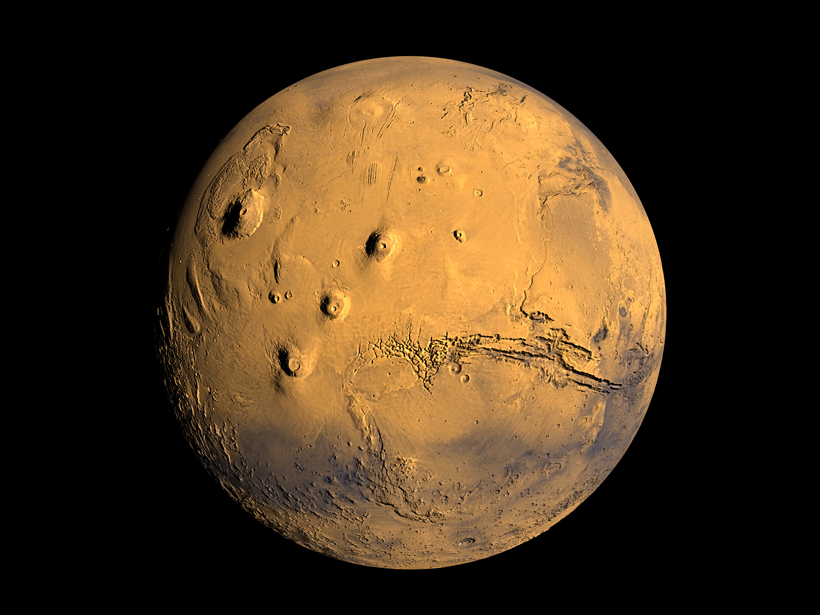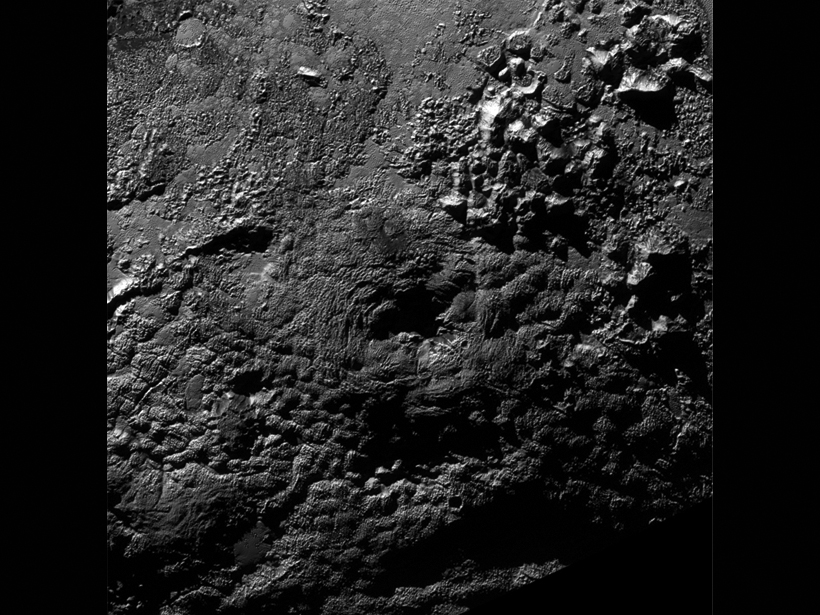A veteran Air Force pilot who cofounded the Space Science Department at Rice University, Michel contributed to high-energy astrophysics, space plasma physics, and planetary science.
News
New Reactive Barrier May Protect Groundwater from Mine Waste
Researchers are developing a porous concrete filter to pull harmful dissolved metals out of water.
The Dwarf Planet That Came in from the Cold—Maybe
The presence of ammonia-rich clay on much of the surface of Ceres suggests that this dwarf planet—the largest object in the asteroid belt—may have formed far out in the solar system, then wandered in.
3-D Models Put Scientists, Students in Touch with Planets
Three-dimensional printing gives planetary scientists new ways to explore distant worlds and engage students.
Pluto: In the Icebox but Maybe Still Cookin'
New evidence of ice volcanoes and of middle-aged terrains on Pluto's surface suggests that the dwarf planet has remained geologically active ever since it first formed billions of years ago.
New Spin on Pluto's Moons
Strangely speedy rotation rates of Pluto's tiny orbiting companions show up in a trove of images taken as the New Horizons spacecraft approached the dwarf planet last spring and early summer.
How Bat Breath and Guano Can Change the Shapes of Caves
Researchers working in caves in Borneo and elsewhere are finding evidence that biological processes shape many tropical caves by slowly eating away at surrounding rock.
White House Plan Focuses on Hazards from Solar Storms
Space weather has its day in the Sun, with the administration issuing a new strategy and action plan to increase protection from damaging solar emissions.
Cave-Dwelling "Slime Curtains" Cycle Nitrogen and Iron
In a cave accessible only by daredevil divers, extraordinary microbial colonies metabolize nitrogen and iron nutrients and possibly remove pollutants from water.
Researchers Track Underwater Avalanches Like Never Before
Using beach ball–like detectors, researchers set out to determine how sediments, which could contain toxic contaminants, travel through submarine canyons to greater depths.









